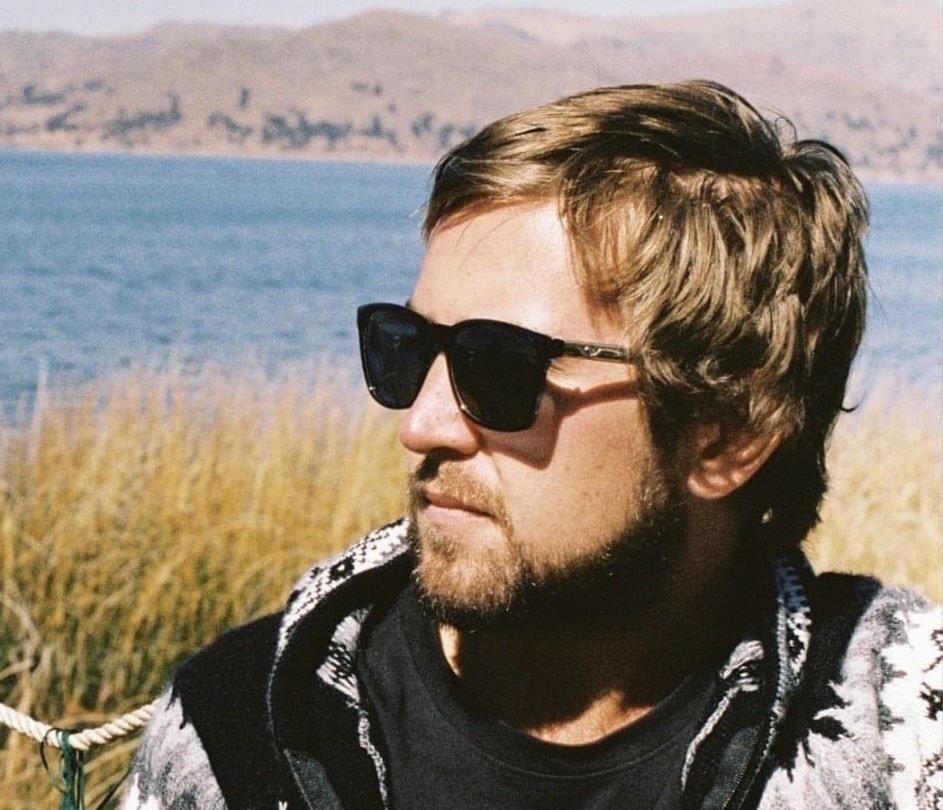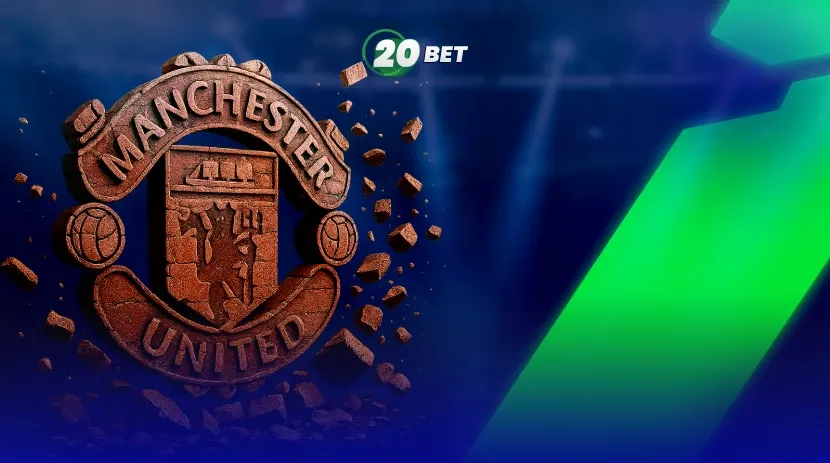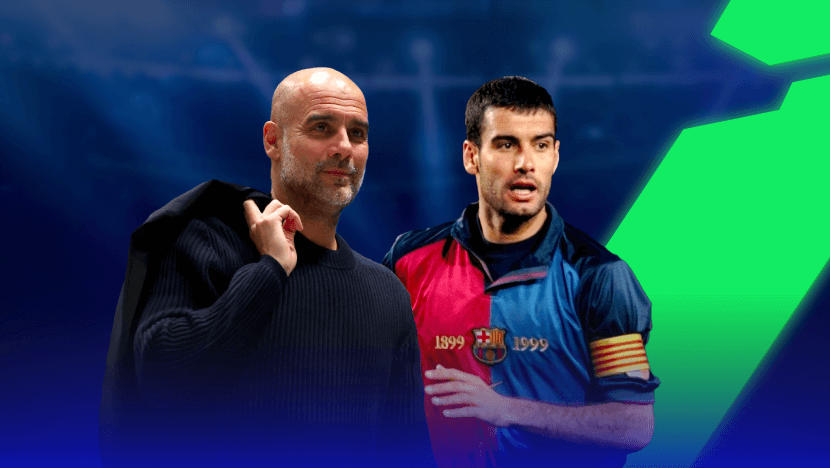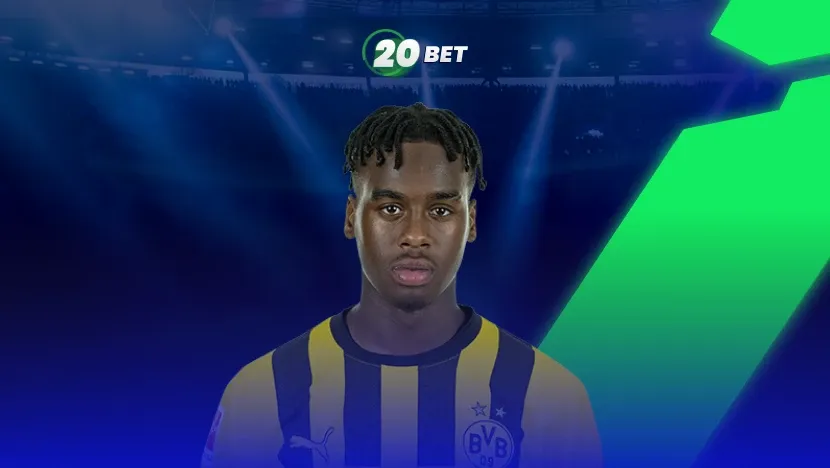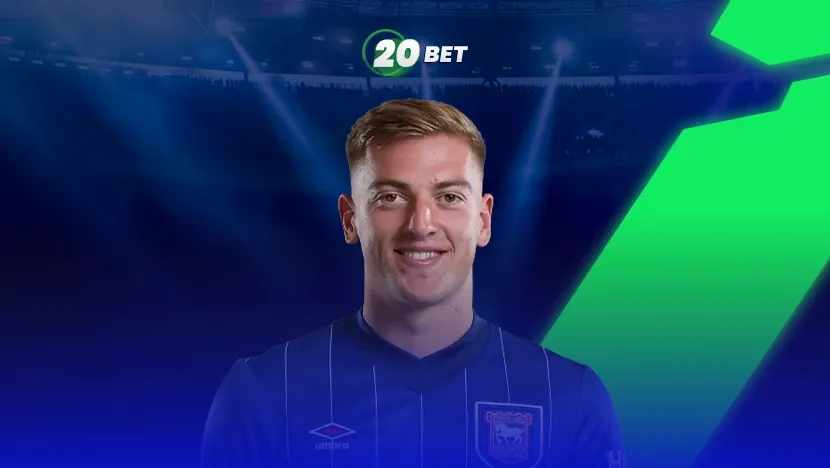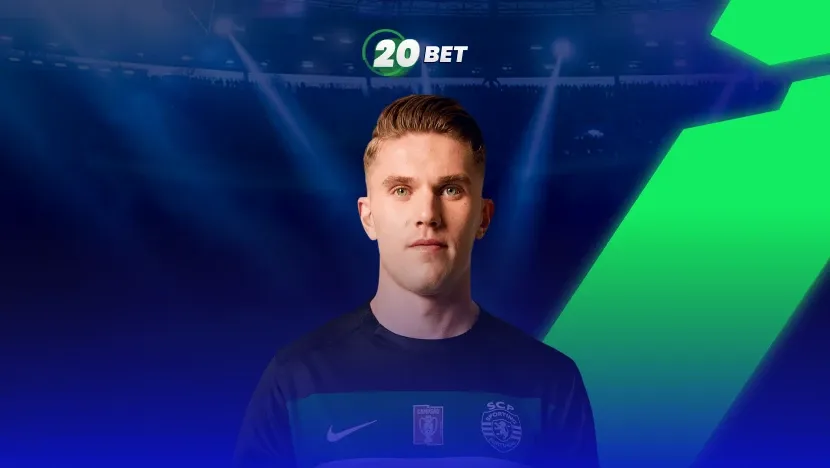You can feel it in the air whenever you glance at the Manchester United fixtures for the new season. That familiar surge of hope, the belief that the Red Devils will rise again.
This is more than a soccer club. It’s a living, breathing culture, passed down through generations of fans who wear red with pride.
As the 2025/26 season kicks off, I can’t help but wonder: Is this finally the year United begin their true rebuild?
The Current State of Manchester United F.C.
The era when Manchester United dominated every competition is long gone. If we take the upcoming season, Ruben Amorim’s men haven’t even managed to qualify for the Conference League. There’ve been moments when it felt like we’d finally see a revival of the Red Devils, but something is always missing.
Understanding the Challenges and Opportunities
Amorim faces a significant challenge as the new season approaches. The Portuguese manager has a lot to do, starting with the team structure and ending with their mentality. While the squad reached the Europa League final in May, they’ve also finished 15th in the domestic championship, their worst result in the Premier League era.
Still, Amorim’s track record offers hope. At Sporting, he had built a cohesive, high-performing squad that swept through all other clubs in Liga Portugal and held their own in the Champions League. I believe that, given enough time, he could bring similar results to Old Trafford.
Key Areas for Rebuilding
For the “revival” to commence and the legacy to continue, Manchester United should focus on several key areas, including:
- Squad overhaul;
- Mastering the tactics;
- Refreshing the club leadership;
- Adopting a proper financial strategy.
Squad Overhaul and Player Recruitment
The Manchester United transfer policy has been inconsistent and costly in recent years. The first example that comes to mind is Antony, a Brazilian winger reportedly signed for almost €100 million in 2022. He failed to live up to the high price tag and managed to score only five Premier League goals in 62 matches before being loaned to Real Betis. The transfer came to symbolize a broader issue at Old Trafford: the lack of a clear recruitment strategy.
According to Transfermarkt, since Sir Alex Ferguson’s departure in 2013, the club have spent around €2.14 billion on players, only behind Chelsea (€2.87 billion) and Manchester City (€2.31 billion). Yet, unlike their rivals, this massive outlay hasn’t translated into consistent success, with United failing to win a single Premier League title during that period.
The Red Devils require a significant overhaul of their roster. They should prioritize signing young and fresh players with a hunger for trophies and the drive to consistently perform at a high level. Offloading fringe players is also crucial as it frees up financial resources and makes room for emerging talents. Kobbie Mainoo is a good case in point: he only got his chance when there was a scarcity of choice in the midfield, yet quickly proved that he belonged.
Tactical Philosophy and Manchester United Coach
During Ferguson’s era, Manchester United had a clear and unmistakable identity. It was a nightmare for any team to enter injury time against the Red Devils, as they couldn’t be sure of their victory even at the 93rd minute. Someone like Ole Gunnar Solskjær could come out of nowhere and turn things around in a moment. They had a spirit and an immense work ratio.
Sadly, we no longer see a clear system. Amorim had one with Sporting, but half a year isn’t enough time to implement it at United. Still, his preferred 3-4-3 formation offers a solid foundation to begin reorganizing the club from the ground up.
Club Leadership and Sporting Structure
Manchester United’s future hinges on a smarter, more transparent structure. In the past, chaotic decision-making and clashing agendas have consistently derailed progress.
The Old Trafford outfit have often looked like a club where too many voices drown each other out. Well-run teams usually operate with a tight, focused leadership group: a clear sporting director, a confident head coach, and top-level executives who know their lane. But United, especially in the post-Ferguson era, have felt like a messy committee, with each member pulling in a different direction.
I believe clear communication and trust between all these parts is the absolute lifeblood of a modern soccer club. Having money alone doesn’t make you a superclub. You need a sporting brain that sets the vision and a head coach who buys into it.
Financial Strategy and Investment
Manchester United’s finances are finally moving toward stability under INEOS and Sir Jim Ratcliffe, who bought a minority stake and took control over sporting operations in 2024. Cost-cutting measures, such as reducing the wage bill by £42 million and trimming non-playing staff, have improved cash flow and operating profit.
However, the club’s traditional scouting network is facing cuts in favor of a data-driven model. That means smart scouting, not just spending, will be crucial.
Learning from Past Successes and Failures
I believe that if there’s one lesson from rollercoaster years, it’s that Manchester United players thrive when the club backs a clear vision. Legendary eras were built on trust and stability, as exemplified by Ferguson’s tenure.
Recent failures have always been a reflection of inadequate transfer policies and a lack of strategy. Fans and leadership wanted everything in the first season, but rebuilding takes time. Just look at Jürgen Klopp’s early days at Liverpool – they couldn’t even break into the top four when he arrived. Yet, under his leadership, the team transformed into serious contenders for the top European competitions and managed to win both the Premier League and the Champions League.
The Path Forward: A Multi-Year Plan
In my opinion, the path forward for Manchester United must be a multi-year plan based on steady progress rather than instant fixes. Success should be measured by clear metrics, such as effective recruitment and regular top-four finishes. I’ve outlined key phases below.
Short-Term Objectives (2025-2026 Season)
This will likely be the hardest part. It’ll be the first full season under Amorim, and a lot will depend on the upcoming Manchester United schedule in the Premier League. If they face average teams at first, they’ll have a chance to gain more confidence.
The first step should obviously be to enter either the Europa League or the Champions League zone. Any result other than that will likely be considered a failure. A massive plus will be if they manage to achieve success in the FA Cup. Winning domestic cups is always appreciated in England.
Mid-Term Goals (2026-2028 Seasons)
For the next two soccer seasons, if everything goes well, Manchester United can aim to win the Premier League trophy. I am almost certain that the competition will be fierce, but if, in the upcoming years, the Red Devils don’t win any trophies, the management will probably start looking for a new manager.
Long-Term Vision (Beyond 2028)
Looking beyond 2028, Manchester United must establish a sustainable development trajectory that enables them to challenge for titles consistently. The club’s leaders require a thorough analysis of recruitment strategies, financial stability, and youth integration to prevent repeating past mistakes.
Lifting trophies, such as the FA Community Shield, should be viewed as important milestones along the way. However, I believe that the ultimate goal is to build a powerhouse that thrives on consistency and ambition.
Fan Expectation Management
Managing expectations around Manchester United F.C. games is tricky these days. One moment, the team shows sparks of brilliance. Next, they are failing against low-tier opponents.
Fans have to accept that this rebuild will take time. Letting go of overpaid flops might hurt in the short term, and new signings will need some time to adjust. Academy talents will surely make mistakes, too, but that’s part of forging a true United spirit.
The Road Back to Glory
The club’s future remains uncertain. Yes, they are doing transfers, and Amorim is a promising coach, but Klopp needed at least three years to reach the Champions League final. What Manchester United require now is patience, discipline, and unity behind a long-term vision.
The Premier League would only benefit from seeing the Red Devils return to their former glory. After all, this is the club that have delivered a plethora of unforgettable moments, leaving us all on the edge of our seats until the final whistle.
FAQ
What are the most critical areas Manchester United need to address in their rebuild?
